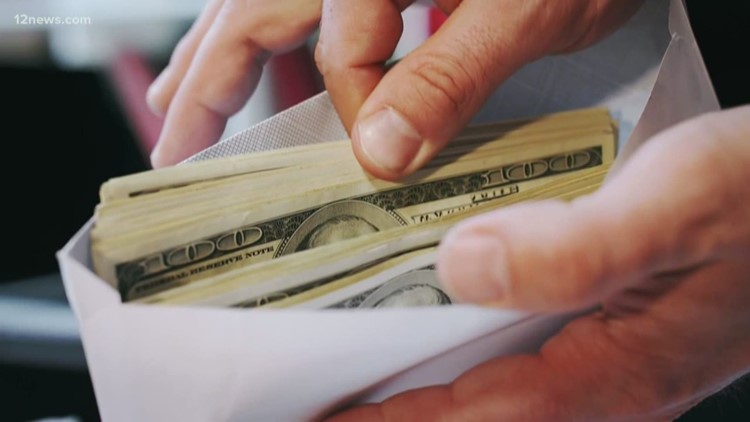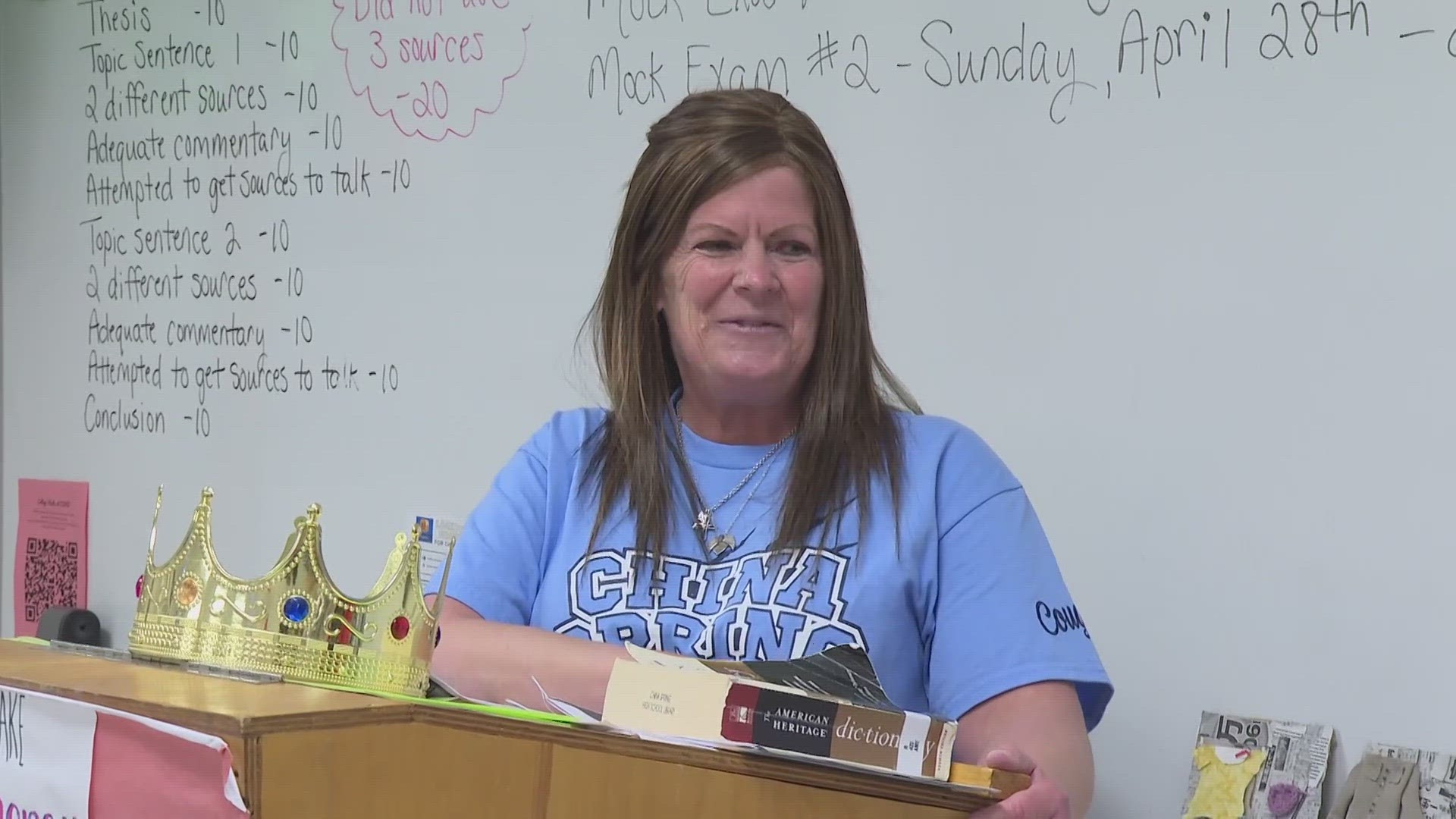Texas unemployment claims surged to more than 275,000 this past week. The week before that, the number of Texans who applied for benefits jumped to 150,000.
And the numbers could keep going up, as more businesses temporarily shut down because of the COVID-19 epidemic resort to layoffs and furloughs.
On top of the devastation of losing their incomes, many Texans have been dealing with the added aggravation of repeatedly trying to access an unemployment claims processing system struggling with a deluge it was not designed to handle.
The state’s agency that handles unemployment claims, the Texas Workforce Commission, says its pre-COVID-19 record for the number of calls in a day was around 60,000. Lately, the agency has been getting around 1.5 million calls daily. TWC has added hundreds of call-takers, but the backlog has not abated.
Additional federal benefits
A lot of people have been asking how they apply for the extra weeks of unemployment benefits and up to $600 in additional weekly benefits, which were included in the recent federal aid package.
The TWC says every claim will be automatically checked to see whether it qualifies for additional federal benefits. TWC says its computer system is being updated to include all the new federal provisions, but gave no timeline for when that update will be complete.
When asked if the agency can add substantially more call capability and perhaps expand call hours and days, TWC spokesman Francisco Gamez said the agency is now working with vendors and other partners, including the Department of Labor, to expand operations in the days ahead, but did not have a timeline.
Gamez also pointed out that the workforce commission is itself hiring, and that those openings are just a fraction of more than 600,000 jobs now posted at workintexas.com.
Retroactive unemployment benefits
People who have been unable to get through to file for unemployment have worried that they are missing out on benefits. Normally, benefits begin to accrue only after someone applies for unemployment.
In this case, though, TWC assures benefits will be retroactive to early March, when the governor issued a disaster declaration.
More unemployment questions answered
Many Texans have not been able to get through to TWC to ask questions about their individual situations. We have passed along some of the most frequently asked questions, and the TWC has been providing answers. Those can be found in this article.
Expect more aid packages from Congress
The logjam is not unique to Texas. Other states’ unemployment processing agencies have also strained to handle the enormous waves of unemployment claims.
Diane Swonk, chief economist at Grant Thornton, says the recent aid package drawn up by Congress should have included support for state unemployment offices to handle this surge.
Grant Thornton has a new report on COVID-19 and the economy. In it, Swonk says, her firm explains they expect several more aid packages in the US before the crisis ends, noting, “Congress has gotten the message and is already working on more packages but still chasing a moving target.”
“The goal is to stop a health crisis from metastasizing into a depression,” Swonk said.
Forecasting what will happen in the absence of additional stimulus, Grant Thornton shared a bleak outlook. The paper divides the U.S. response into five phases. It says we are only in Phase 3 from now through the end of June.
In this “Quarantine Phase,” absent additional stimulus, the report estimates Gross Domestic Product could plummet by 28%.
This would be followed by another phase from July to the end of the year called “The Slow Ramp Up”, in which the economy would start to come back to life.
According to Grant Thornton:
“Phase four spans July to December. Gains in GDP could be large during phase four but the level of economic activity we see will still pale when compared to that prior to the crisis. We have assumed another wave of infections in the fourth quarter, which will keep the need for testing, tracking, antiviral drugs, cleaning protocols, expanded health care systems and with an appropriate number of beds and ventilators elevated.”
Starting in 2021, we would enter the final phase.
The paper concludes “The New New Normal” goes like this: “Our forecast suggests it will take at least two years to regain what’s being lost, and that is assuming much more aid to backstop current losses and stimulus once the economy can fully reopen."
Additional resources:
The Dallas Regional Chamber has launched sayyestodallas.com to connect displaced workers to jobs.



